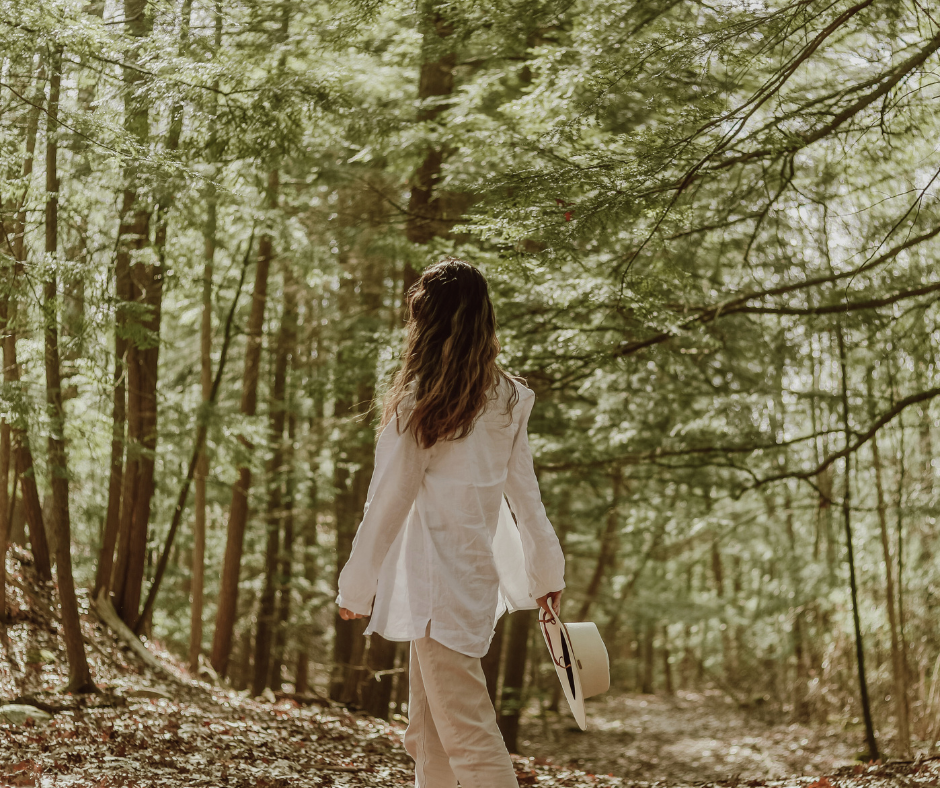
Ground Yourself in the Present Moment with Zazen Meditation
Summary
Reflection Questions
Journal Prompt
The modern world moves at a relentless pace, leaving many of us feeling overwhelmed, disconnected, and stressed. Zazen meditation, a central practice in Zen Buddhism, offers a way to step out of the whirlwind of daily life. This simple yet powerful practice can help you ground yourself in the present moment, cultivate inner stillness, and find greater peace amidst life’s challenges.
What Exactly is Zazen Meditation?
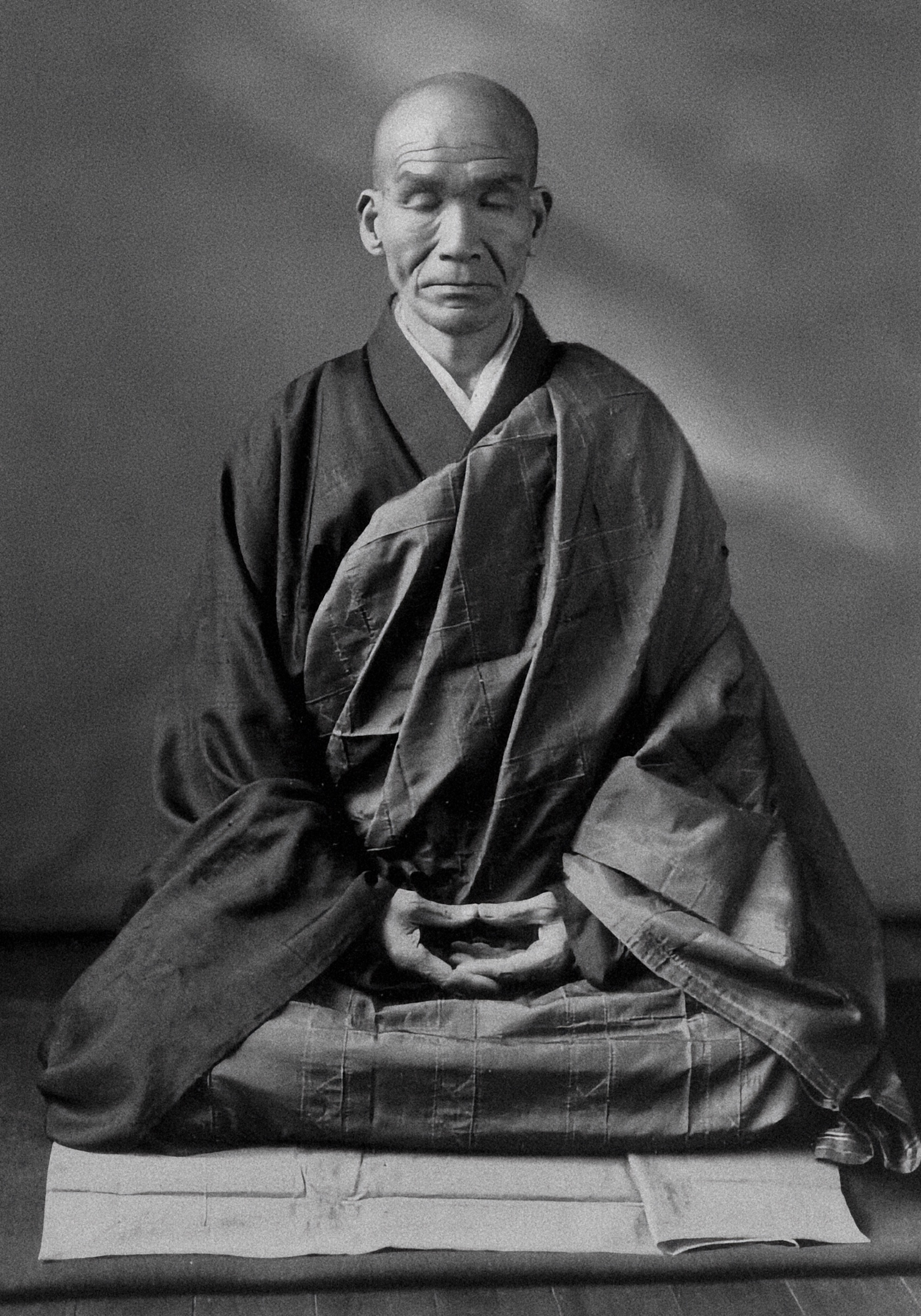
Zazen meditation is a form of Zen Buddhist practice that emphasizes seated meditation. It’s the core spiritual practice of Zen Buddhism, where practitioners sit in a quiet setting and focus on their posture, breathing, and mental state. This form of Zen meditation is not just about relaxation but aims at profound understanding and insight into the nature of existence.
The practice of zazen involves sitting on a cushion (zafu) in a specific posture that is conducive to sustained meditation. There are several postures commonly used, such as the lotus, half-lotus, Burmese, or seiza positions, all of which aim to keep the back straight and the mind alert. Practitioners are usually instructed to focus on their breath, counting each inhalation and exhalation initially to help concentrate and calm the mind. As practice deepens, this focus can shift toward simply observing thoughts and sensations without attachment, letting them arise and pass without engaging them.
Those who practice Zazen typically participate in sessions that last from 30 minutes to several hours and can include walking meditation (kinhin) intervals to relieve the legs and maintain alertness. The overall goal of this Buddhist meditation is to experience a state of mindful awareness and presence, observing the self without judgment or attachment. This Zen practice is said to cultivate insight into the nature of the self and the universe, leading to a deeper sense of peace and spiritual awakening.
Exploring the Ancient Origins of This Buddhist Meditation Practice
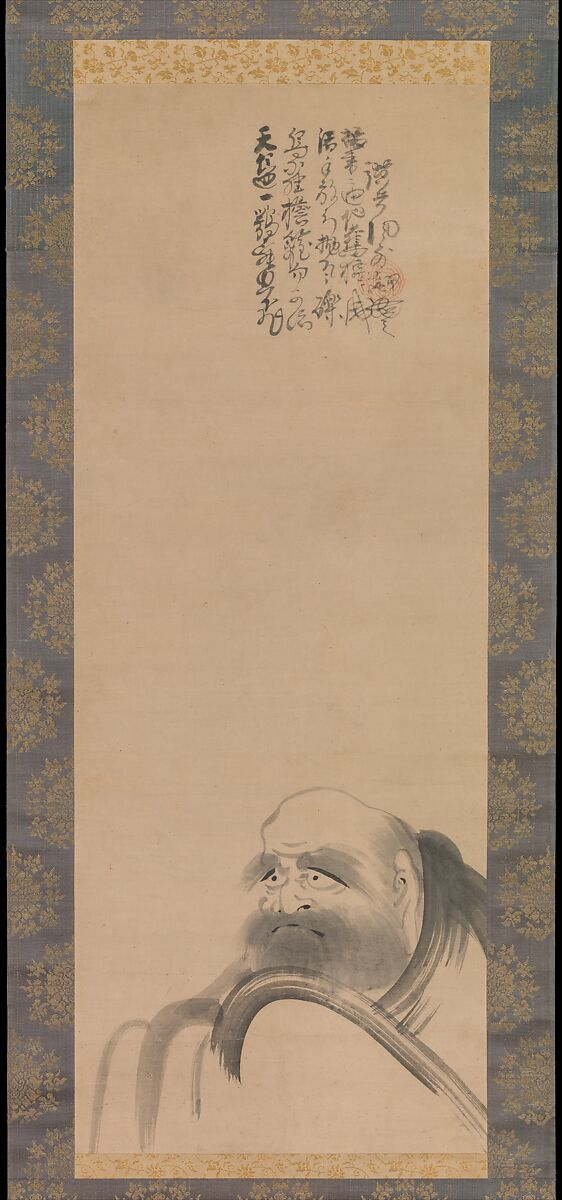
Zazen meditation has deep roots in the history of Zen Buddhism, which emerged from the convergence of Buddhist thought and local traditions in China around the 6th century CE, before spreading to other parts of Asia, including Japan, Korea, and Vietnam. Zazen itself is most directly linked to the Japanese Zen tradition, although its origins trace back to the earlier Chinese practice known as “Chan” meditation.
The word “Zen” is derived from the Chinese “Chan,” which in turn comes from the Sanskrit “dhyana,” meaning meditation or contemplation. The practice was reputedly introduced to China by the Indian monk Bodhidharma in the 5th or 6th century, who is often referred to as the first patriarch of Chan Buddhism. Bodhidharma’s teachings emphasized meditation as a means of attaining enlightenment without relying on texts or rituals.
Throughout its history, zazen has functioned as a central practice through which Zen practitioners seek to realize their true nature and express this realization in daily life. This tradition continues today in many Zen communities worldwide, where zazen is practiced as a way to cultivate clarity, insight, and a deeper understanding of the self and the universe.
The Soto and Rinzai Schools of Zazen

Zazen became distinctly formalized in Japan, particularly within the Soto and Rinzai schools, which were founded by Dogen Zenji (1200–1253) and Eisai (1141–1215), respectively. Dogen, who studied Chan in China, returned to Japan and established a monastery, emphasizing “shikantaza” or “just sitting” as a method of meditation wherein the practitioner is fully engaged in simply sitting, without seeking anything beyond the act itself. This form of zazen is characteristic of the Soto school and emphasizes the intrinsic unity of practice and enlightenment.
In contrast, the Rinzai school utilizes koans (puzzling questions or statements) during meditation to probe the practitioner’s understanding and trigger deeper insights into the nature of reality and self. This method aims to precipitate a kind of spiritual breakthrough or sudden awakening.
Fundamental Elements of Zazen
Zazen meditation is characterized by several fundamental elements that structure the practice and help to cultivate mindfulness, concentration, and insight. These elements together form a comprehensive approach to Zazen, aiming to unify the mind, body, and breath in a harmonious practice that fosters deep insight and spiritual awakening.
Posture (Sitting Meditation)
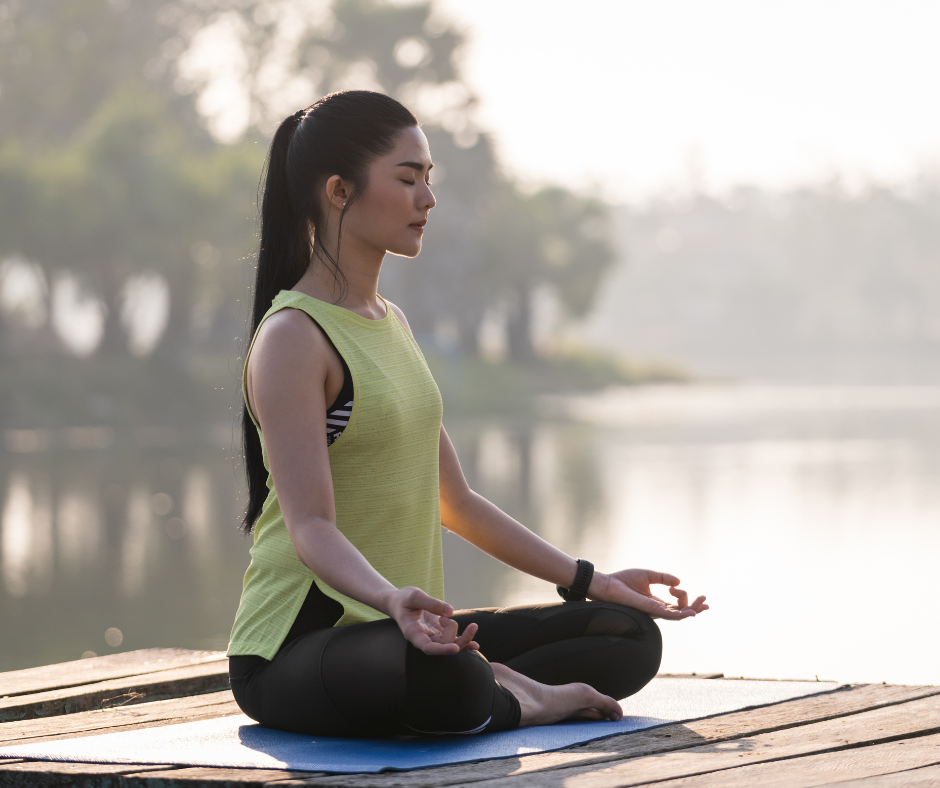
The physical posture is crucial in this meditative practice. Practitioners typically sit on a cushion called a zafu, which helps keep the hips elevated and the legs folded but comfortable. The most common postures include the full lotus position, half-lotus position, Burmese position, or seiza (kneeling) position. A straight but relaxed back, with the hands folded in the lap in the cosmic mudra (left hand on top of the right, palms up, with the thumbs lightly touching), helps maintain alertness and stability.
Breathing
Attention to the breath is a central aspect of Zazen. Practitioners often begin by counting breaths — inhale and exhale — to stabilize the mind and cultivate concentration. As practice deepens, the counting may cease, shifting to merely observing the breath as it enters and exits the body, allowing for a more subtle awareness of physical and mental sensations.
Fuel your creative fire & be a part of a supportive community that values how you love to live.
subscribe to our newsletter
*please check your Spam folder for the latest DesignDash Magazine issue immediately after subscription
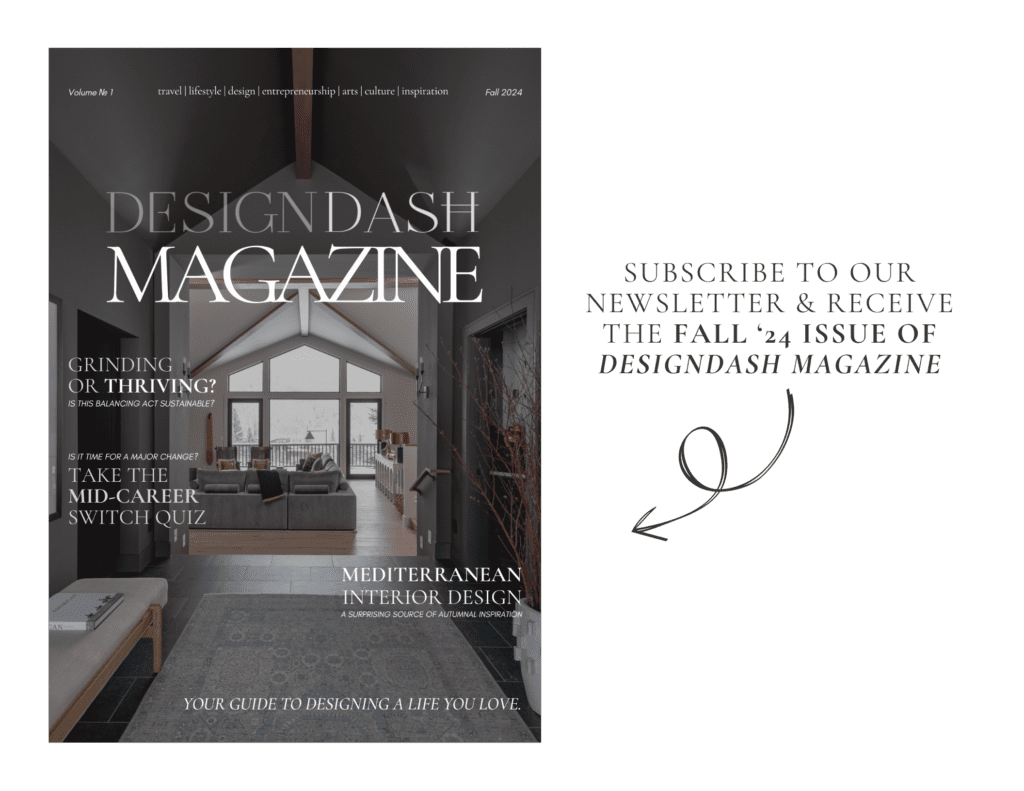
Mental Focus
Initially, the focus in Zazen can be directed towards counting breaths, which serves as a technique to keep the mind from wandering. As one advances, the practice may evolve into “shikantaza” or “just sitting,” where the focus is on being completely present and fully aware without attachment to thoughts, images, or sensory perceptions.
Attitude
An essential element of Zazen is the cultivation of a specific mental attitude: one of openness, non-striving, and non-judgment. This attitude involves letting thoughts and sensations arise and pass without getting entangled in them. The practice is not about achieving a particular state but rather about being present and aware in each moment.
Environment

While Zazen can be practiced anywhere, a quiet and clean space is ideal. This environment helps minimize distractions and supports the internalization of focus. Traditional settings might include a meditation hall (zendo) where practitioners sit together in silence, fostering a sense of community and shared practice.
Regularity and Duration
Consistency is important in Zazen. Regular practice, whether daily or several times a week, helps develop and deepen the meditative discipline. Sessions typically last between 20 minutes to an hour, though they can be shorter or longer depending on the context and the practitioner’s experience level.
Kinhin (Walking Meditation)
In longer periods of meditation, kinhin or walking meditation often alternates with Zazen. This practice involves slow, mindful walking that maintains meditative awareness while giving the legs a break from the sitting posture.
Zazen Meditation Retreats to Help Develop This Practice
Several well-known and respected Zen meditation retreats attract practitioners worldwide. These intensive meditation retreats offer immersion into the practice of Zazen within the context of Zen Buddhist tradition. They provide provide authentic settings for deepening one’s practice of Zazen, emphasizing traditional elements of Zen training and the integration of meditation into daily life. Below are our picks.
Eihei-ji Temple

Founded by Zen Master Dogen, the founder of the Soto School of Zen, Eihei-ji is one of the most prestigious Zen temples in Japan. Located in Fukui Prefecture, it offers rigorous practice sessions, including long hours of Zazen, ceremonial rituals, and monastic chores. It’s a place of serious training and spiritual discipline.
Antai-ji
This Soto Zen temple in Japan is known for its strict adherence to Zazen practice and self-sufficiency. The temple emphasizes that Zazen is the only true path to understanding Buddhist teachings, and it offers intense practice sessions, particularly during its annual “ango” training period.
Zen Mountain Monastery
Located in New York, this monastery offers a comprehensive training in the arts of Zen, including Zazen, martial arts, poetry, and painting, integrated into the practice of daily living and meditation.
Shasta Abbey
A Soto Zen monastery in northern California, Shasta Abbey offers a traditional monastic schedule with a strong emphasis on Zazen, Dharma talks, and Buddhist ceremonial practices. It was founded by Houn Jiyu-Kennett, who aimed to adapt the rigors of traditional Zen training to the needs of American students.
Dharma Sangha Crestone Mountain Zen Center
Situated in Colorado, this center is dedicated to the practice of Zen meditation and sustainable living. It offers residential training, intensive Zen meditation periods, and retreats throughout the year, focusing on deepening the practice of Zazen in harmony with nature.
Will You Try Zazen?
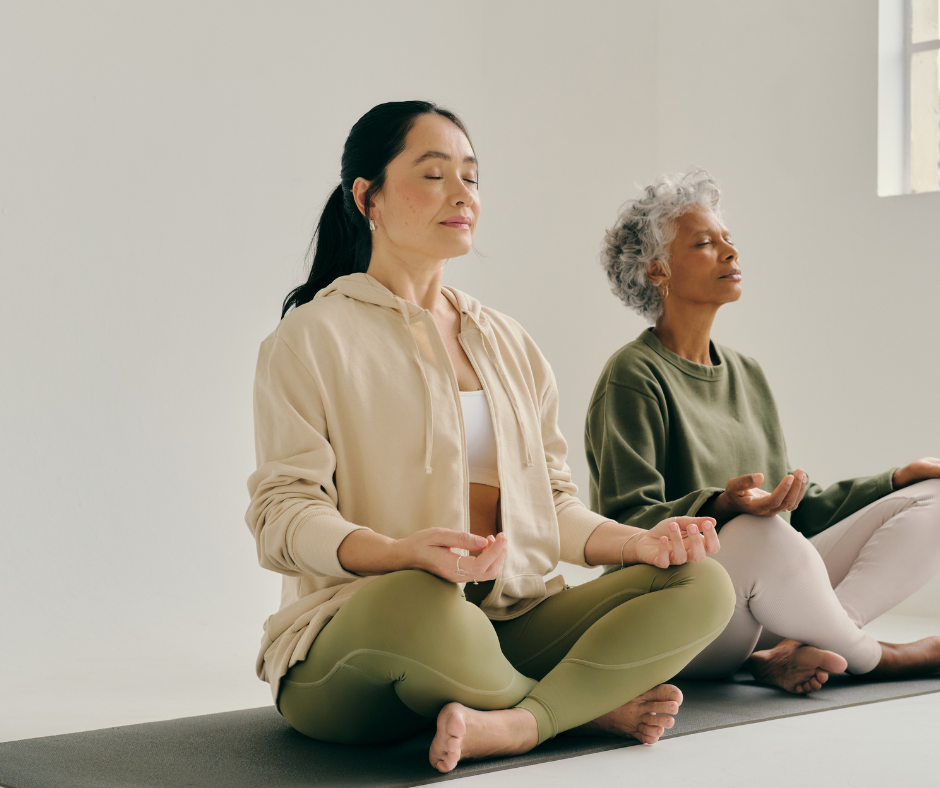
In a world of constant distractions and multitasking, our minds tend to wander. Zazen meditation invites you to reclaim your attention, focusing fully on the present moment. Through this practice, you’ll cultivate mindfulness, the ability to be fully aware and engaged in the here and now. This mindful presence can transform your relationship with yourself, your thoughts, and the world around you. Let us know in the comments below if you decide to give Zazen meditation a try.
Design Dash
Join us in designing a life you love.
Styling Spaces Seasonally for Evergreen Portfolio Content + Of-the-Moment Marketing
Learn how interior designers can style spaces seasonally to create both evergreen portfolio images and timely marketing content.
Counting Down Our Most Listened-To Episodes of 2025: Brittny Button
Learn why our conversation with Brittny Button became one of the DesignDash Podcast’s most listened-to episodes of 2025.
10 Finn Juhl Furniture Pieces That Embody Danish Modern Design
As evidenced by these 10 iconic Finn Juhl furniture pieces, he exemplified Danish Modernism through sculptural forms and architectural angles.
Counting Down Our Most Listened-To Episodes of 2025: Jamie Young
On the DesignDash Podcast, enjoy Jamie Young’s insights on building a timeless design brand through grit, reinvention, and strategic growth
What Do I Do If My First Client Ghosts Me After I Send the Proposal?
Learn how to respond when a PNC goes silent after receiving a proposal from your firm. Promise, ghosting is almost never a reflection of your work!
What Is Gustavian Interior Design, And Is It Still Relevant Today?
Georgian interior design’s light palettes, balanced proportions, and restrained Neoclassical details make the Swedish style relevant.








